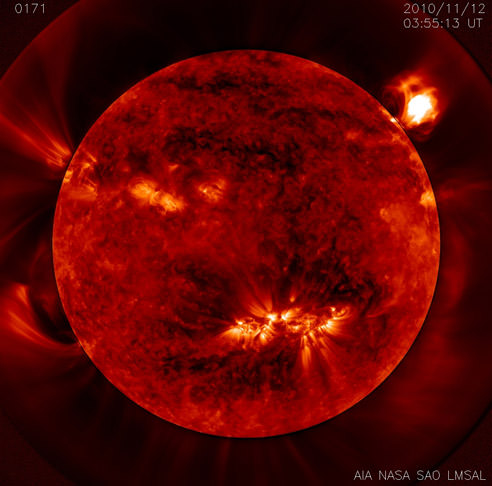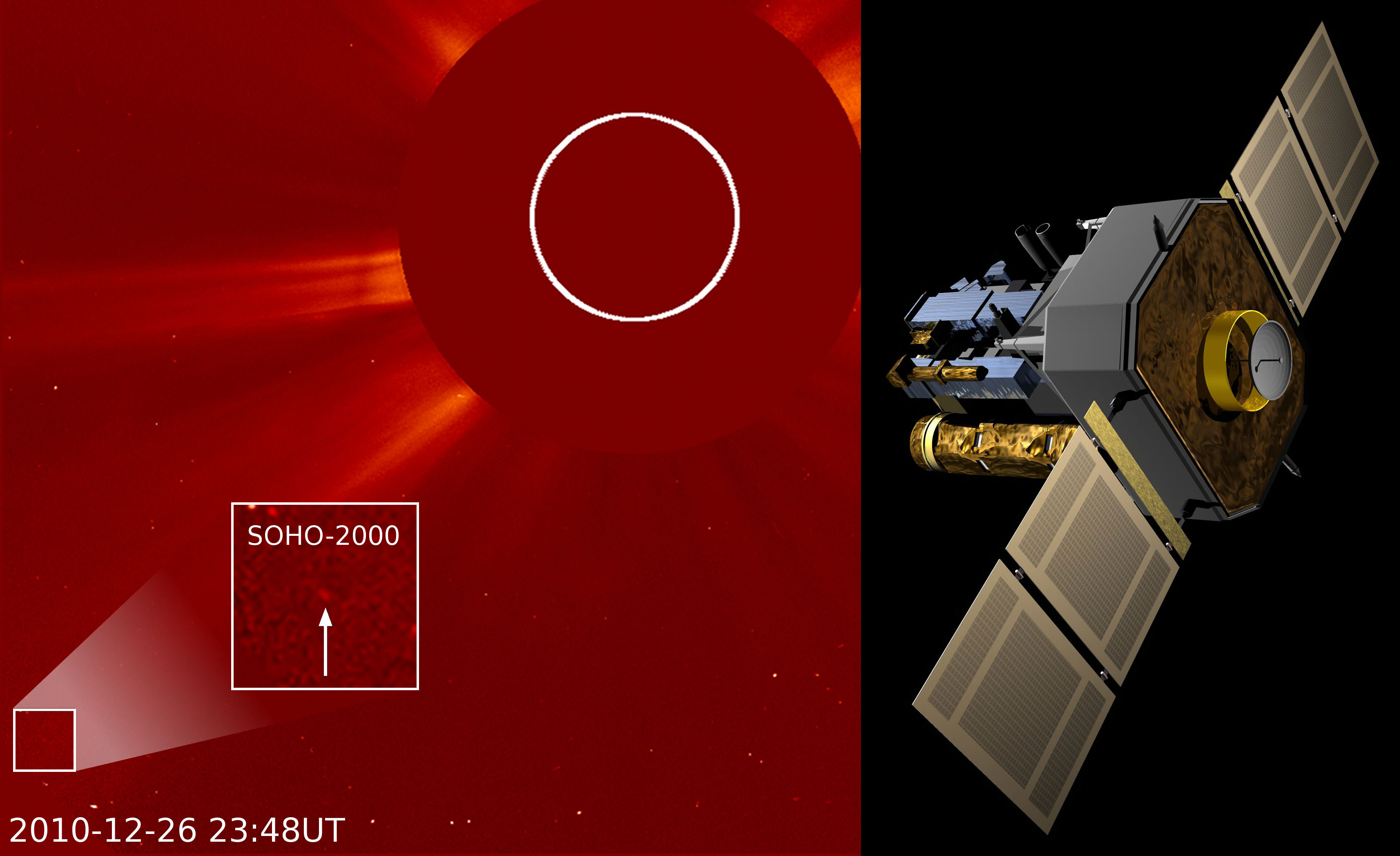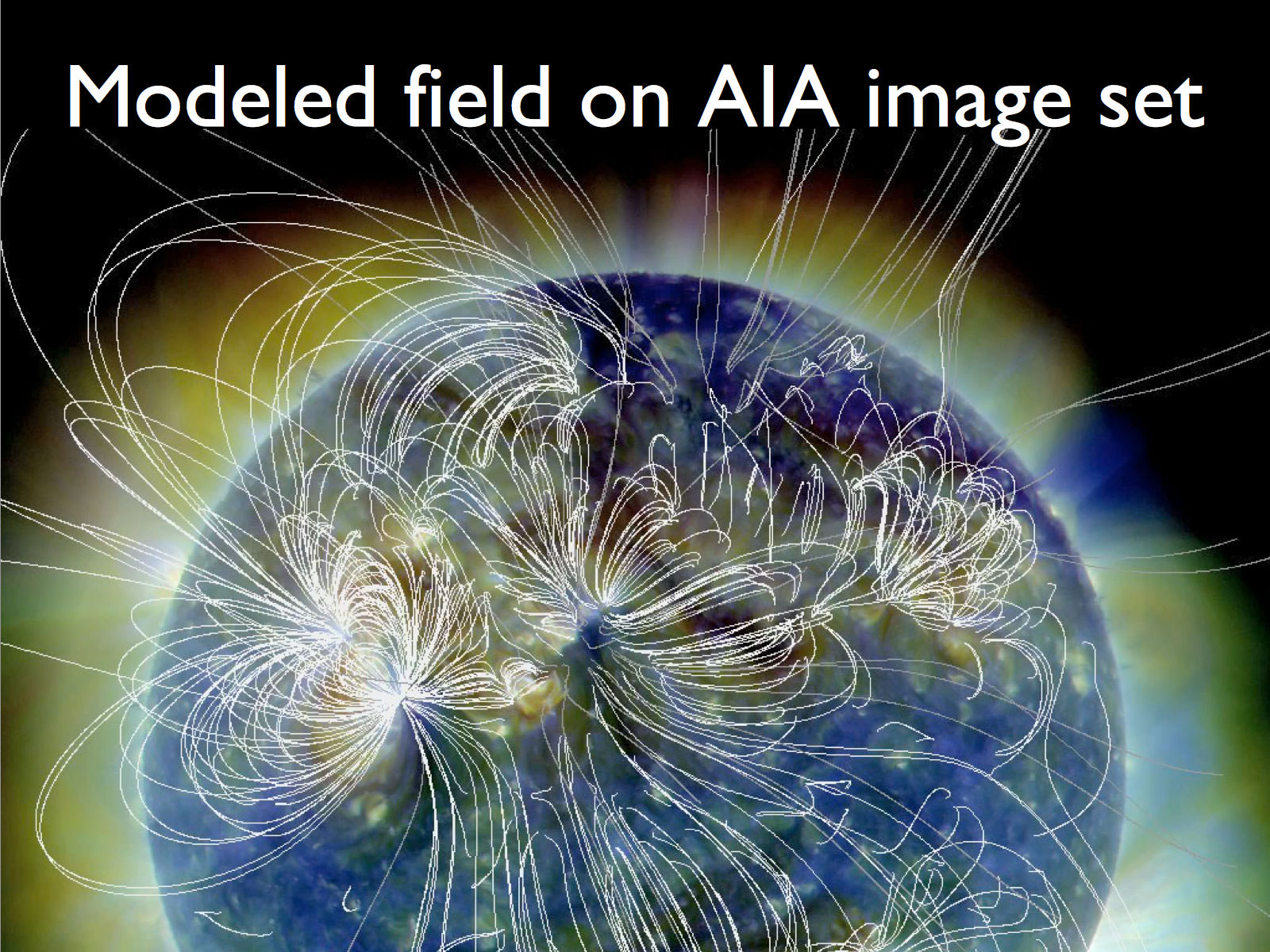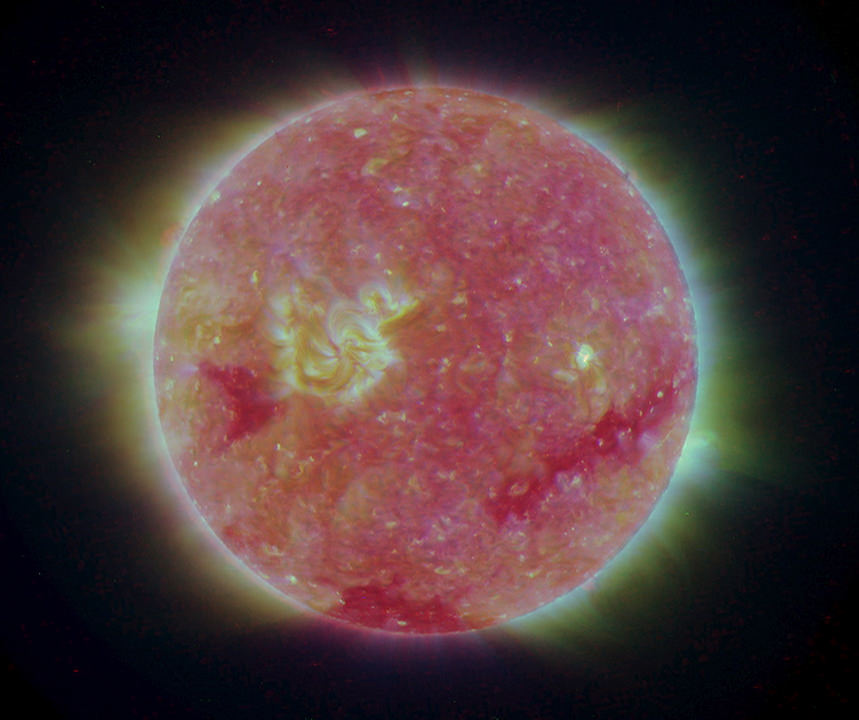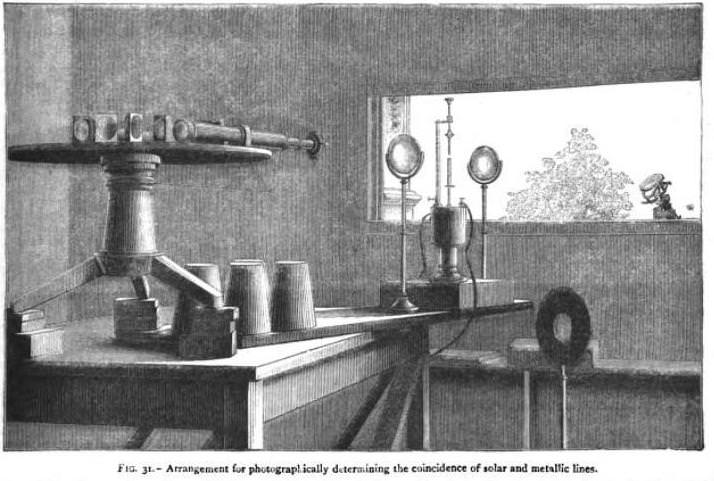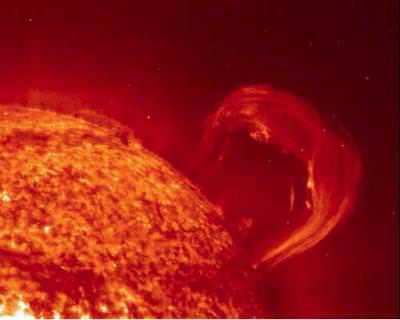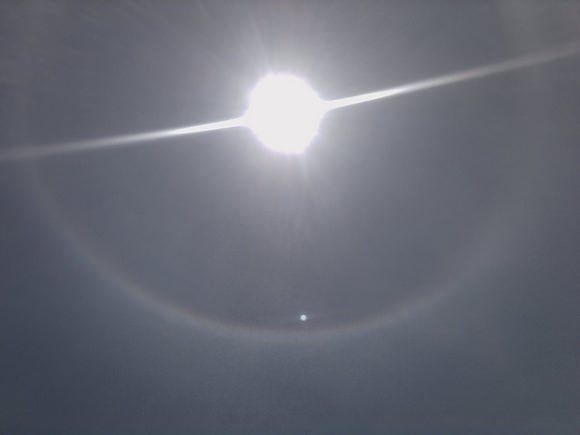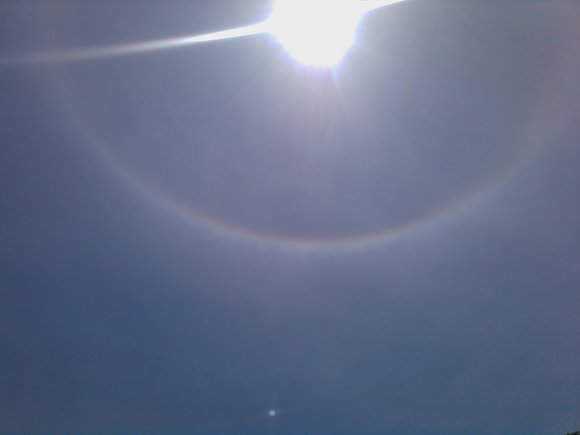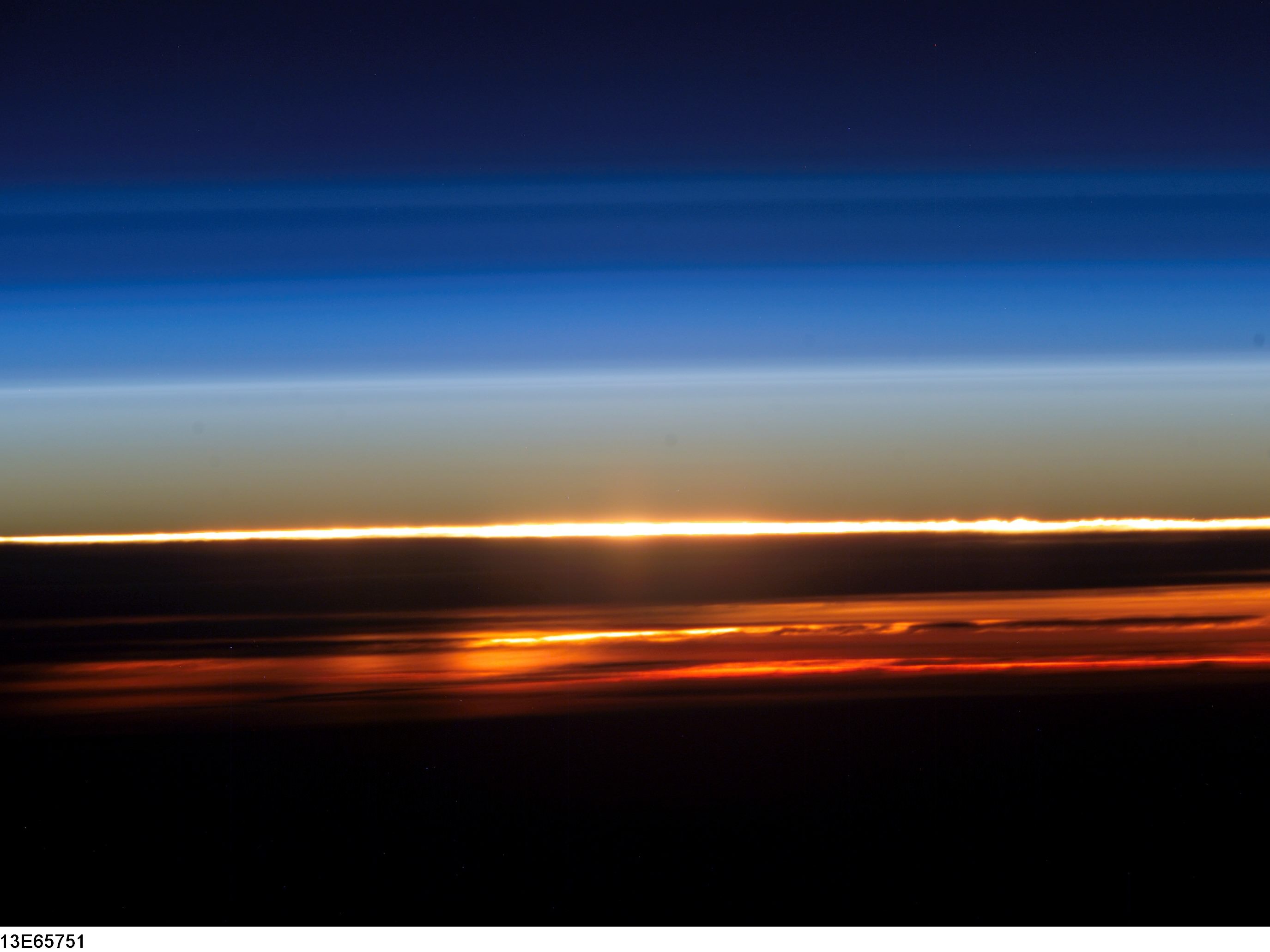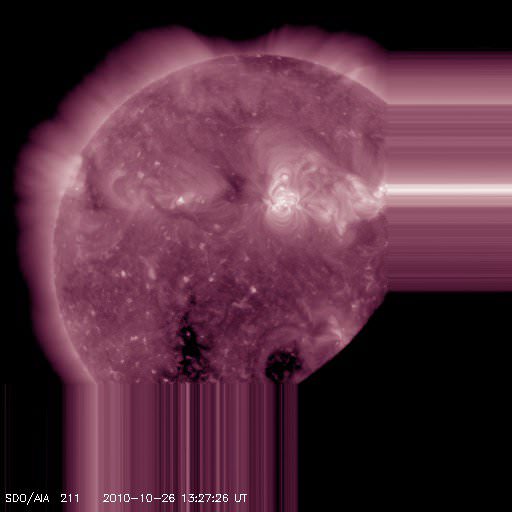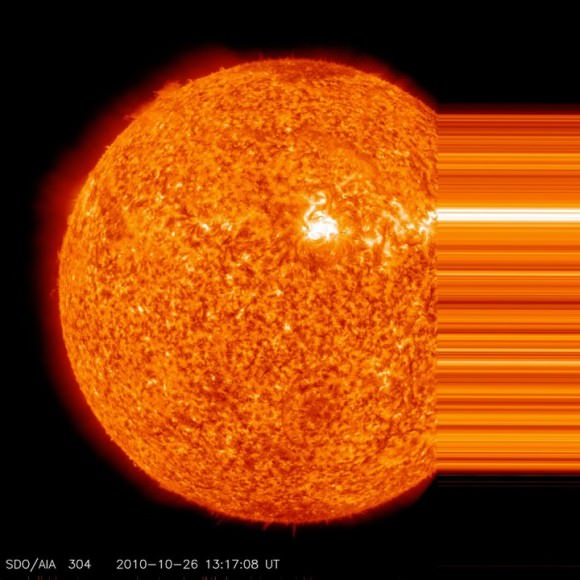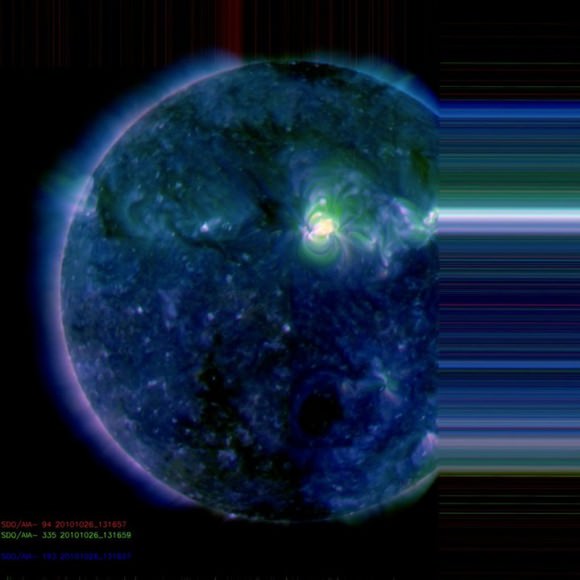[/caption]
Usually the only time we can see the innermost part of the Sun’s corona is when there is a total eclipse. But now, with the Atmospheric Imaging Assembly (AIA) instrument on NASA’s Solar Dynamics Observatory and a new image processing program, scientists are getting unprecedented views of the innermost corona 24 hours a day, 7 days a week.
“The AIA solar images, with better-than-HD quality views, show magnetic structures and dynamics that we’ve never seen before on the Sun,” said astronomer Steven Cranmer from the Harvard-Smithsonian Center for Astrophysics (CfA). “This is a whole new area of study that’s just beginning.”
The Sun’s outer layer, or corona is composed of light, gaseous matter, and has two parts. The outer corona is white, with streamers extending out millions of miles from the edge of the sun. The inner corona, lying next to the red chromosphere, is a band of pale yellow.
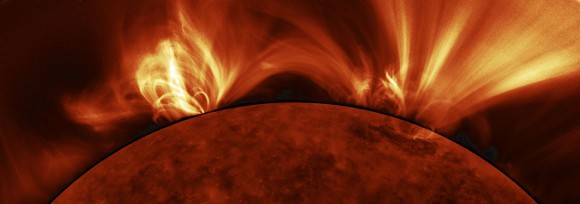
This outer layer of the Sun’s atmosphere is, paradoxically, hotter than the Sun’s surface, but so tenuous that its light is overwhelmed by the much brighter solar disk. The corona becomes visible only when the Sun is blocked, which happens for just a few minutes during an eclipse.
Now, with AIA, “we can follow the corona all the way down to the Sun’s surface,” said Leon Golub of the CfA.
Previously, solar astronomers could observe the corona by physically blocking the solar disk with a coronagraph, much like holding your hand in front of your face while driving into the setting Sun. However, a coronagraph also blocks the area immediately surrounding the Sun, leaving only the outer corona visible.
The AIA instrument on SDO allows astronomers to study the corona all the way down to the Sun’s surface.
Cranmer and CfA colleague Alec Engell developed a computer program for processing the AIA images above the Sun’s edge. These processed images imitate the blocking-out of the Sun that occurs during a total solar eclipse, revealing the highly dynamic nature of the inner corona. They will be used to study the initial eruption phase of coronal mass ejections (CMEs) as they leave the Sun and to test theories of solar wind acceleration based on magnetic reconnection.
The resulting images highlight the ever-changing connections between gas captured by the Sun’s magnetic field and gas escaping into interplanetary space.
This time-lapse movie shows two days of solar activity observed by the AIA instrument. Both the solar surface and dynamic inner corona are clearly visible in X-rays. Hot solar plasma streams outward in vast loops larger than Earth before plunging back onto the Sun’s surface. Some of the loops expand and stretch bigger and bigger until they break, belching plasma outward.
SDO launched in February 2010.
This video provides more information about the AIA instrument:

